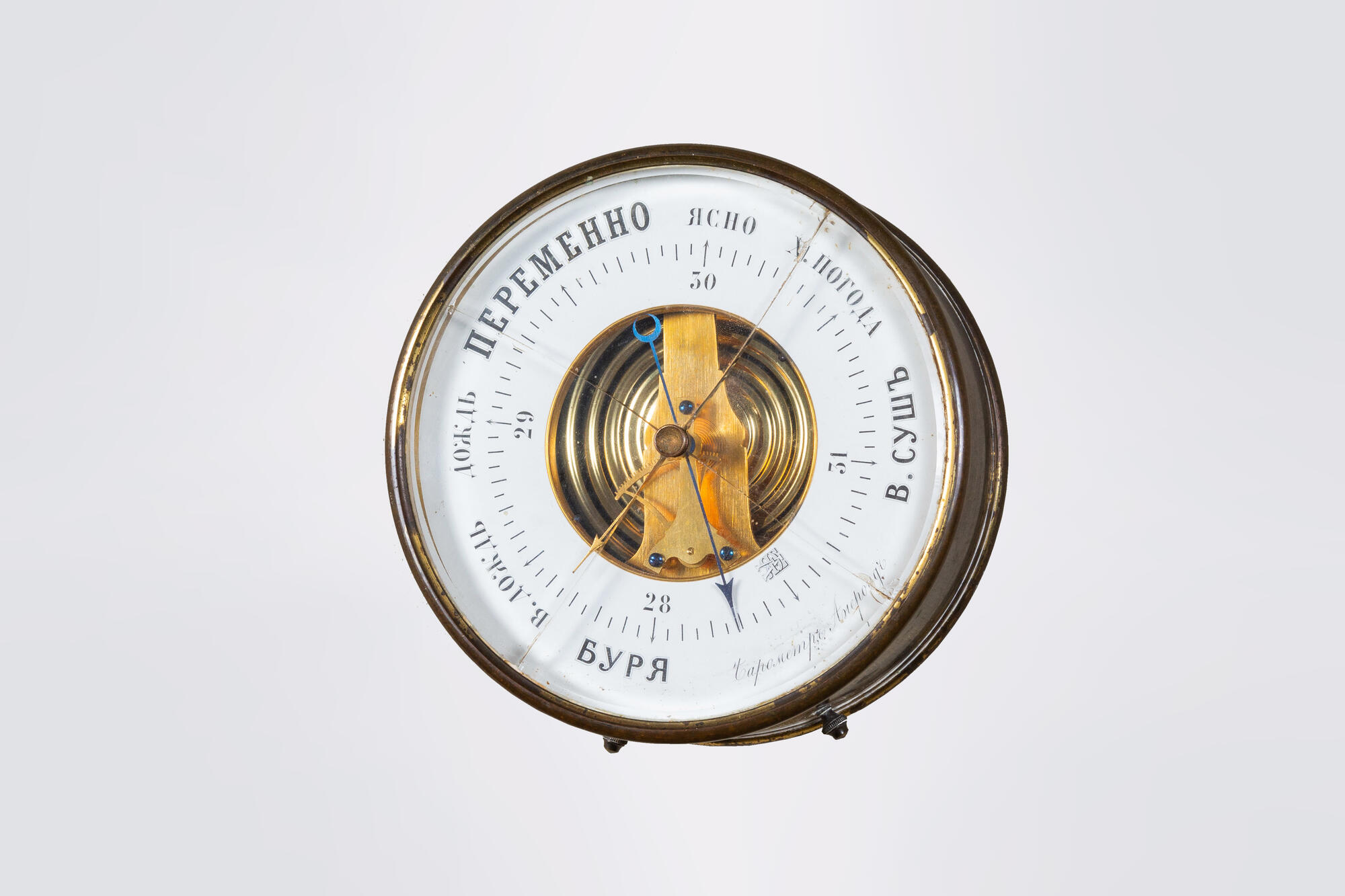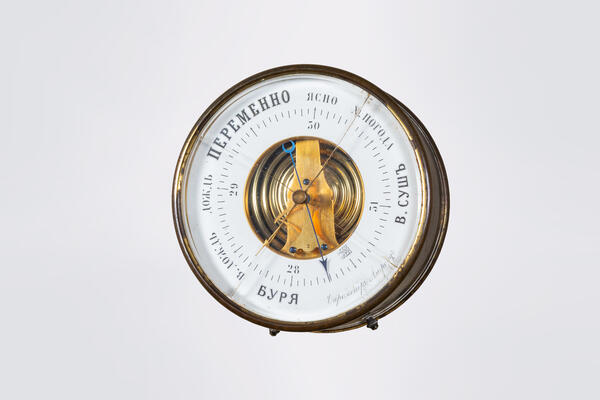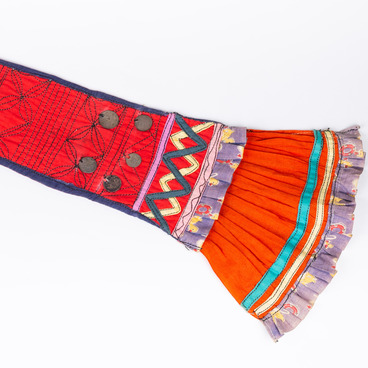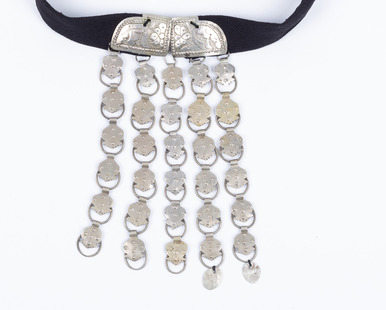An instrument called ‘a barometer’ is used for measuring atmosphere pressure. The most popular barometer types are aneroid and mercury.
The Italian mathematician and physicist Evangelista Torricelli invented the mercury barometer in the 17th century and described it in his work ‘Opera Geometrica.’ It was a simple glass tube with a scale, which was filled with mercury. When Torricelli conducted his first experiments, the barometer column reached 760 mm. So this value is considered to be normal. Nowadays, researches also look at changes of this parameter in order to see how the pressure changes. Accuracy and ease of use still make the mercury barometer the most popular instrument at weather stations and in various laboratories.
Mercury barometers were accurate but too large, and could have been used only at a fixed site. In 1698, the German scientist Gottfried Wilhelm von Leibniz invented a new type of barometer without liquid and portable, which could be taken on a trip, or voyage.
However, the device became very popular only 200 years later. In 1847, the French inventor Lucien Vidie designed an aneroid barometer. ‘Aneroid’ means ‘water-free’ in Greek.
The core of the aneroid barometer was a sensitive element — a special hermetic box. It was made of corrugated material that expanded or compressed under pressure. Several levers activated the arrow showing the correct pressure on a special scale with degrees. The measuring system was based on millimeters.
When the aneroid barometer by Vidie appeared in stores, private buyers quickly started buying it. There was a fashionable trend: an aneroid barometer at home symbolized a high social status of its owners. It was also indicative of the fact that the new device owners focused on technical progress and could be considered intellectuals.
Later, after the introduction of the international metric system, Pascal’s scale of values was added to the barometer. A barometer also features a bar scale, where 1 bar is equal to 1 atmosphere.
The Italian mathematician and physicist Evangelista Torricelli invented the mercury barometer in the 17th century and described it in his work ‘Opera Geometrica.’ It was a simple glass tube with a scale, which was filled with mercury. When Torricelli conducted his first experiments, the barometer column reached 760 mm. So this value is considered to be normal. Nowadays, researches also look at changes of this parameter in order to see how the pressure changes. Accuracy and ease of use still make the mercury barometer the most popular instrument at weather stations and in various laboratories.
Mercury barometers were accurate but too large, and could have been used only at a fixed site. In 1698, the German scientist Gottfried Wilhelm von Leibniz invented a new type of barometer without liquid and portable, which could be taken on a trip, or voyage.
However, the device became very popular only 200 years later. In 1847, the French inventor Lucien Vidie designed an aneroid barometer. ‘Aneroid’ means ‘water-free’ in Greek.
The core of the aneroid barometer was a sensitive element — a special hermetic box. It was made of corrugated material that expanded or compressed under pressure. Several levers activated the arrow showing the correct pressure on a special scale with degrees. The measuring system was based on millimeters.
When the aneroid barometer by Vidie appeared in stores, private buyers quickly started buying it. There was a fashionable trend: an aneroid barometer at home symbolized a high social status of its owners. It was also indicative of the fact that the new device owners focused on technical progress and could be considered intellectuals.
Later, after the introduction of the international metric system, Pascal’s scale of values was added to the barometer. A barometer also features a bar scale, where 1 bar is equal to 1 atmosphere.



